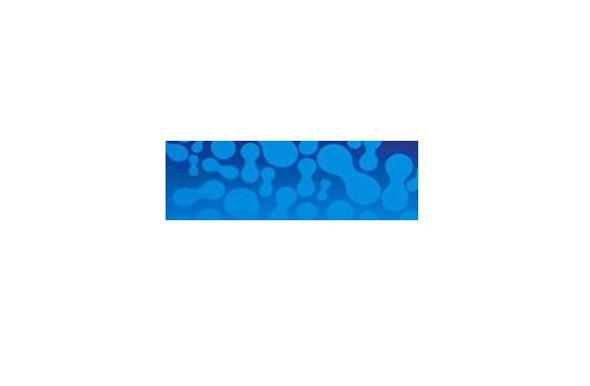Description
Recombinant Mouse SerpinD1/HCF2 Protein (His Tag)(Active) | PKSM040854 | Gentaur US, UK & Europe Disrtribition
Synonyms: Heparin cofactor 2; Heparin cofactor II; HC-II; Protease inhibitor leuserpin-2; Serpin D1
Active Protein: Active protein
Activity: A DNA sequence encoding the mouse SerpinD1 precursor (NP_032249.3) (Met1-Ser 478) was expressed, with a C-terminal polyhistidine tag.
Protein Construction: A DNA sequence encoding the mouse SerpinD1 precursor (NP_032249.3) (Met1-Ser 478) was expressed, with a C-terminal polyhistidine tag.
Fusion Tag: C-His
Species: Mouse
Expressed Host: HEK293 Cells
Shipping: This product is provided as lyophilized powder which is shipped with ice packs.
Purity: > 98 % as determined by reducing SDS-PAGE.
Endotoxin: < 1.0 EU per μg of the protein as determined by the LAL method.
Stability and Storage: Generally, lyophilized proteins are stable for up to 12 months when stored at -20 to -80℃. Reconstituted protein solution can be stored at 4-8℃ for 2-7 days. Aliquots of reconstituted samples are stable at < -20℃ for 3 months.
Molecular Mass: 53.5 kDa
Formulation: Lyophilized from sterile 25mM HEPES, 150mM NaCl, pH 7.4
Reconstitution: Please refer to the printed manual for detailed information.
Background: SerpinD1, also known as heparin cofactor II (HCâ…¡), is a member of Serpin superfamily of the serine proteinase inhibitors. HCII is a glycoprotein in human plasma that inhibits thrombin and chymotrypsin, and the rate of inhibition of thrombin is rapidly increased by Dermatan sulfate (DS), heparin (H) and glycosaminoglycans(GAG). The stimulatory effect of glycosaminoglycans on the inhibition is mediated, in part, by the N-terminal acidic domain of HCII. Interestingly, a C-terminal His-tagged recombinant HCII exhibits enhanced activity of thrombin inhibition. It has been suggested that HCII plays an unique and important role in vascular homeostasis, and accordingly mutations in this gene or congenital HCII deficiency is potentially associated with thrombosis. HCII specifically inhibits thrombin action at the site of vascular wall injury and HCII-thrombin complexes have been detected in human plasma. HCII protects against thrombin-induced vascular remodeling in both humans and mice and suggest that HCII is a predictive biomarker and therapeutic target for atherosclerosis. SerpinD1 also inhibits chymotrypsin, but in a glycosaminoglycan-independent manner.
Research Area: N/A






